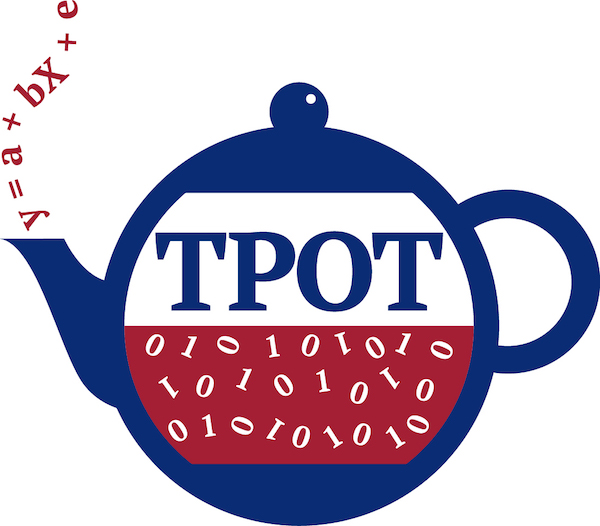Car Price Prediction
Image Credit: AA Cars
Project Overview
- Scraped 3000 used cars data from AA Cars website using Python and BeautifulSoup.
- Cleaned the data and built a model to help determine the price of cars on auction
- Built a flask web app and deploy to cloud
Packages/Tools Used
- Python Version: 3.9
- BeautifulSoup
- Request
- Numpy
- Matplotlib
- Seaborn
- Scikit-Learn
Data
The data was scraped from AA Cars. The data was scraped from multiple pages from the site and was stored as a csv file. The scraped data contains:
- Name
- Price
- Year
- Mileage
- Engine
- Transmisson
Data Cleaning
The features (columns) contained messy entries and were tidied using some custom functions. The following steps were taken.
- Removed the duplicate rows in the data because it will affect the analysis.
- Deleted thhe rows with missing values because they ae not up to 1% of the data.
- Extracted the manufaturer of each car from the name column
- Corrected some of the values in the manufacturers column by merging similar value and correcting those wrongly extracted.
- Removed the pounds symbol and the comma in the values of the price column
- Created an age column by substacting the values in the year column fom the current year, 2021. This is an easier column to work with.
- Removed the commas, space and miles input in all the values of the mileage columns.
-
- Corrected some of the values in the engine and transmission columns by merging similar value and correcting those wrongly extracted.
Exploratory Data Analysis
-
The count of the number of cars owned by each car manufacturer

-
The count of the number of cars with the diffrent car engine types

-
The count of the number of cars with different car transmission types

-
The word cloud of all car manufacturers.
Model Building
- The 'name' and 'year' column were dropped because they are irrelevant.
- The categorical features (name, colour and transmission) were transformed into numerical data and I scaled all the feature values to make all of them be in the same range
- Linear Regression, Ridge Regression, Random Forest Regressor, Ada Boost Regressor and Support Vector Regressor models were all built.
- Root mean squared error (RMSE) which is the square root of the sum of the difference between the true value and the predicted value was the metric used to evaluate the performance of the model.
- The CatBoost Regressor model has the best performance and it was hypertuned using GridSearchCV to improve the performance.
- The model was tested on new data and it gave a good output.
A flask web app is currently under construction
NB: I am open to constructive criticisms about this project






